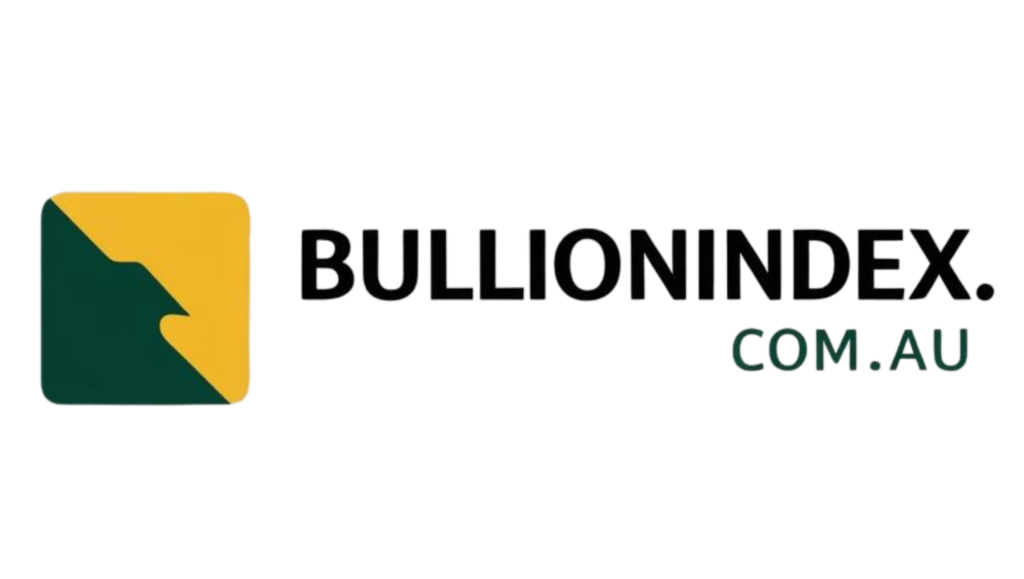Palladium Bullion Prices React to Russia-Ukraine Conflict
The palladium market has been experiencing significant volatility, particularly in light of the ongoing Russia-Ukraine conflict. This geopolitical tension has raised concerns about the supply of palladium, leading to a surge in prices. Despite this recent uptrend, palladium has a history of price fluctuations, with a notable rally since its low in 2008.
Russia’s invasion of Ukraine in 2022 sparked a bullish sentiment in the palladium market, driving prices higher. However, the metal has been struggling to maintain its momentum, currently hovering around the $1,000 per ounce mark. This price level has been a key pivot point for palladium futures, indicating a level of consolidation following a previous plunge in prices.
In 2024, Russia emerged as the leading producer of palladium, accounting for a significant portion of global output. South Africa closely followed, primarily extracting palladium from deep mines. The demand for palladium is expected to increase further, particularly in industries such as oil refining and automobile manufacturing, where its unique properties are highly valued.
Unlike other precious metals like gold and silver, palladium futures exhibit lower liquidity, making them more susceptible to price volatility. The historical volatility levels of palladium have been notably high, reflecting the metal’s tendency for price variance. This characteristic, combined with its relatively low liquidity, can lead to sharp price movements in either direction.
Investors looking to gain exposure to palladium have several options, including physical bullion, futures contracts, and exchange-traded funds (ETFs). The Aberdeen Physical Palladium ETF (PALL) is one such investment vehicle that offers exposure to physical palladium. Despite recent price movements in palladium futures, PALL has shown some divergence in performance, potentially influenced by trading hours and market dynamics.
While palladium prices remain below the $1,000 per ounce level, many analysts believe that the metal is still undervalued compared to gold and silver. Accumulating palladium at current price levels could present an attractive opportunity for investors, as the outlook for higher prices in the medium to long term appears favorable.
In conclusion, the palladium market continues to be influenced by geopolitical events, supply dynamics, and industrial demand. As investors navigate these uncertainties, the resilience of palladium prices and their potential for future growth remain key areas of interest in the precious metals sector.

Leave a Reply
You must be logged in to post a comment.